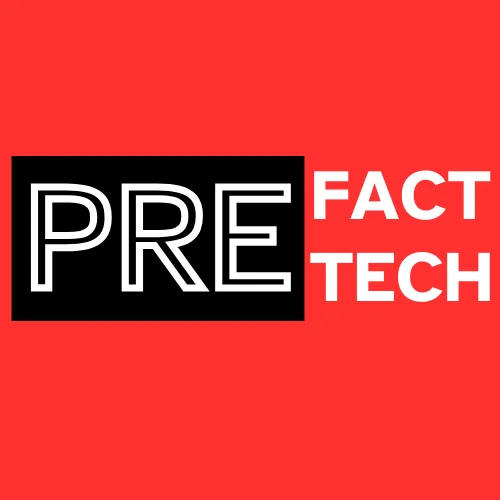In the realm of wildlife research, the advent of AI powered animal tracking has ushered in a transformative era. A remarkable view into how the brain directs the complex dance of the body is provided by movement. Tracking animal and human activity has evolved from conventional clipboard-and-pen observations to cutting-edge artificial intelligence-based methods, and the journey has been nothing short of amazing. Today, we examine the most recent development in this area, where scientists are using artificial intelligence to autonomously track moving bodily parts. Enter GlowTrack, a revolutionary non-invasive movement monitoring technique that trains AI systems by using luminous dye markers. This ground-breaking method was created by Associate Professor Eiman Azim and his team, and it has the potential to completely alter movement research.

GlowTrack, which was published on September 26, 2023 in Nature Communications, provides evidence of the interdisciplinary nature of biology, robotics, medicine, and other fields. It offers a solution to the laborious task of physically marking body parts hundreds or even thousands of times, which has long been a problem in the field of movement monitoring. With this novel method, GlowTrack steps in to offer a reliable, quick, and high-definition solution capable of following anything from a single mouse digit to hundreds of landmarks on a human hand.
The William Scandling Developmental Chair and senior author Professor Azim emphasise the revolutionary nature of this technology. According to Azim, “during the past few years, a revolution in tracking behaviour has occurred as potent artificial intelligence techniques have been introduced into the laboratory. “With our method, these tools are more adaptable, which enhances how we record various actions in the lab. The study of movement disorders like ALS and Parkinson’s disease may benefit from improved quantification of movement since it gives us more insight into how the brain regulates behaviour.
Animal movement has traditionally been recorded using laborious, repetitive body part marking techniques that are time- and labor-intensive and prone to human mistake. The applicability of AI models is frequently constrained to certain testing conditions by these human annotations. These models may become useless if any of the following conditions change: illumination, body orientation, camera angles, or other elements.
The team used fluorescent dye markers to overcome these limits, thereby making some bodily parts “invisible” to the human eye. This method allows for the rapid generation of a multitude of visually diverse data that can be automatically fed into AI models. Once given access to this extensive information, AI models are able to track motions across a much wider range of settings and at a level of precision that manual labeling finds difficult to match.
This development makes it possible to compare mobility data across many research in an effortless manner. The same models can be used by laboratories all around the world to monitor body motions in a variety of contexts, improving experiment comparability and reproducibility—an essential component of scientific discovery.
It is clear that the combination of artificial intelligence with fluorescent dye markers is a game-changer as GlowTrack ushers in a new era in movement studies. This discovery promises to advance our understanding of movement, opening up previously unimaginable potential for interdisciplinary research, and expediting the understanding of numerous neurological illnesses. Movement monitoring has never appeared to have a brighter future.
